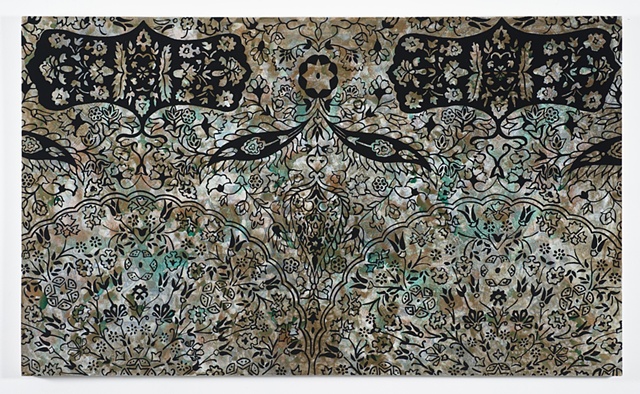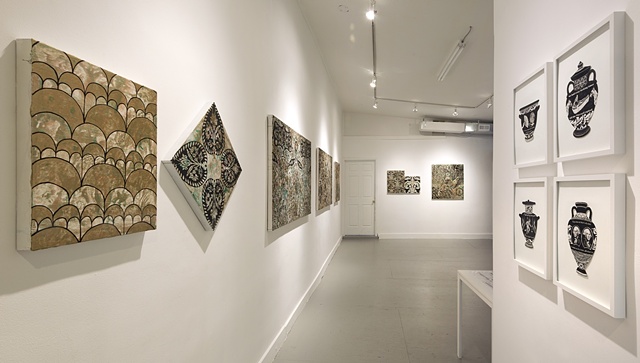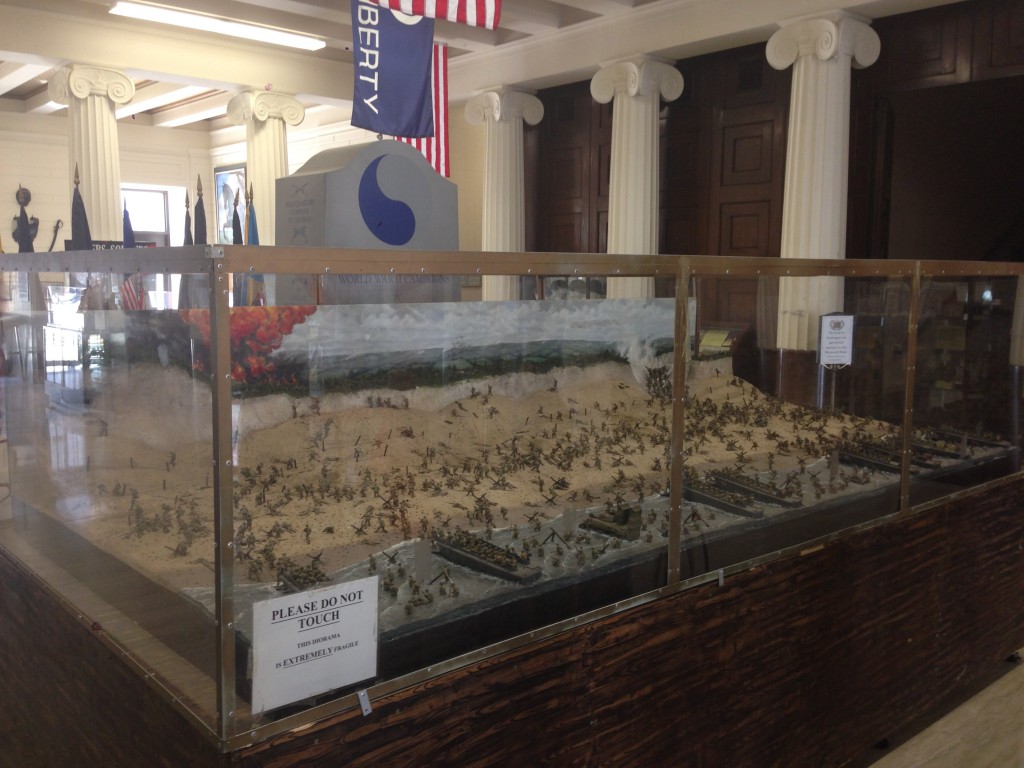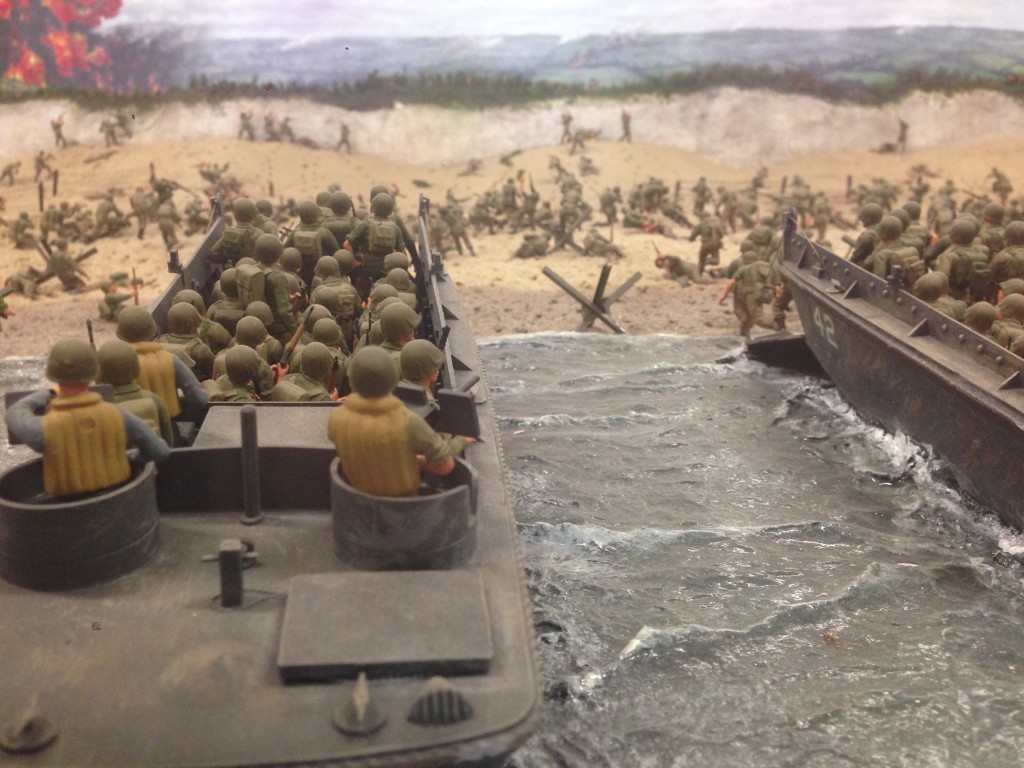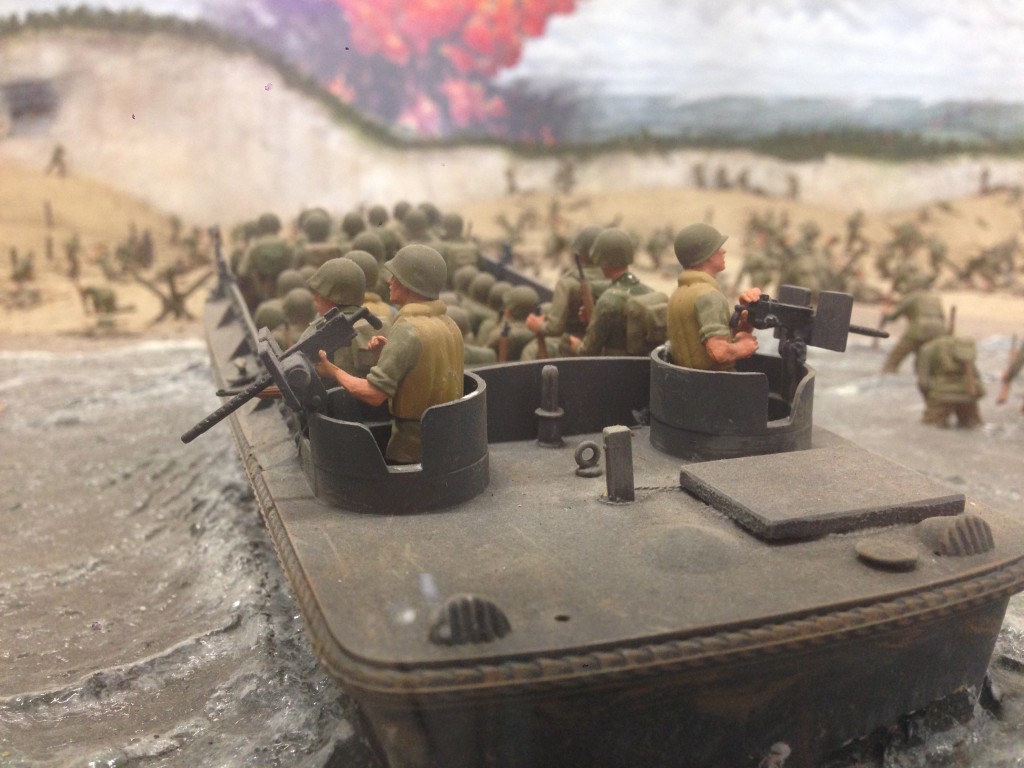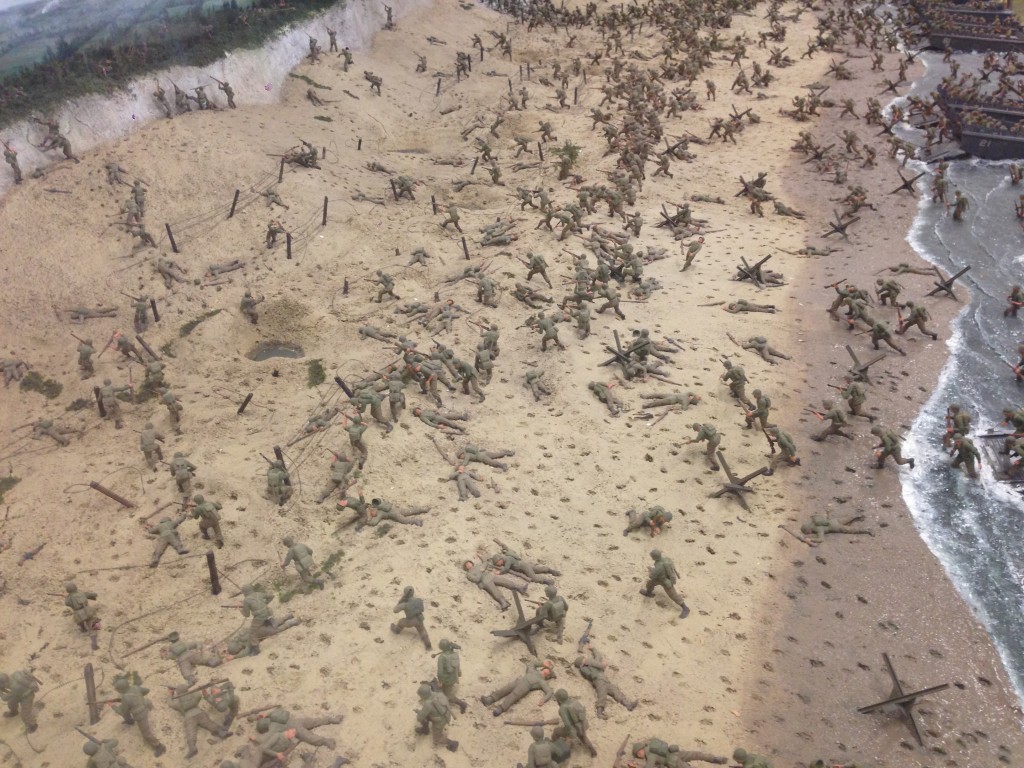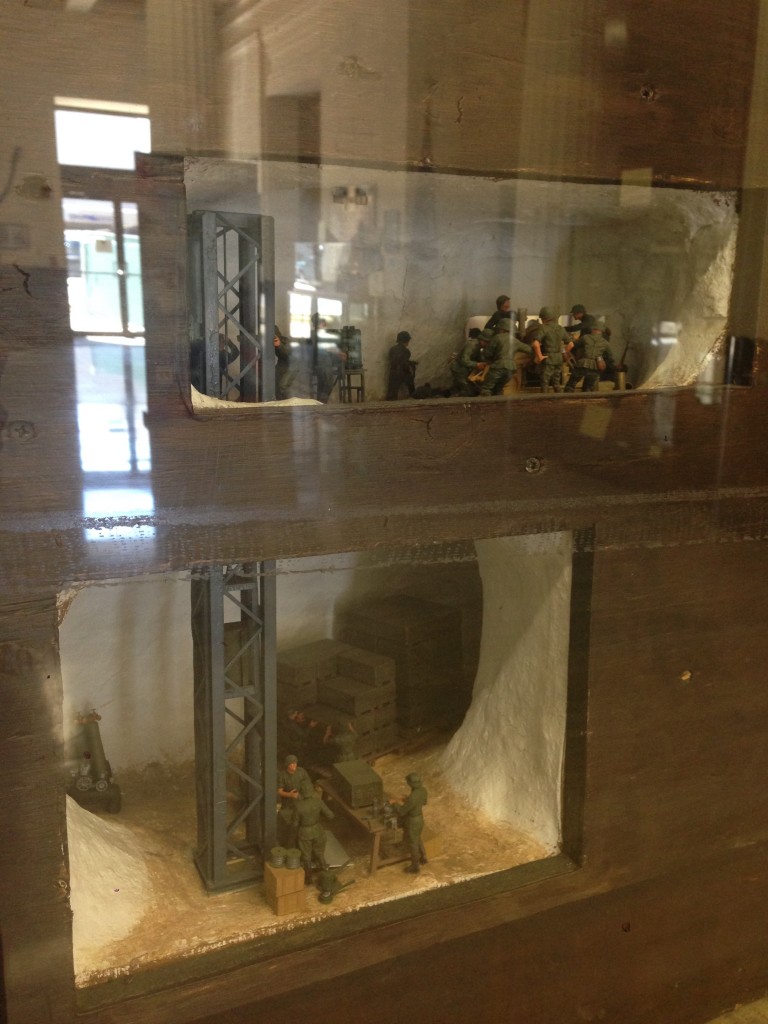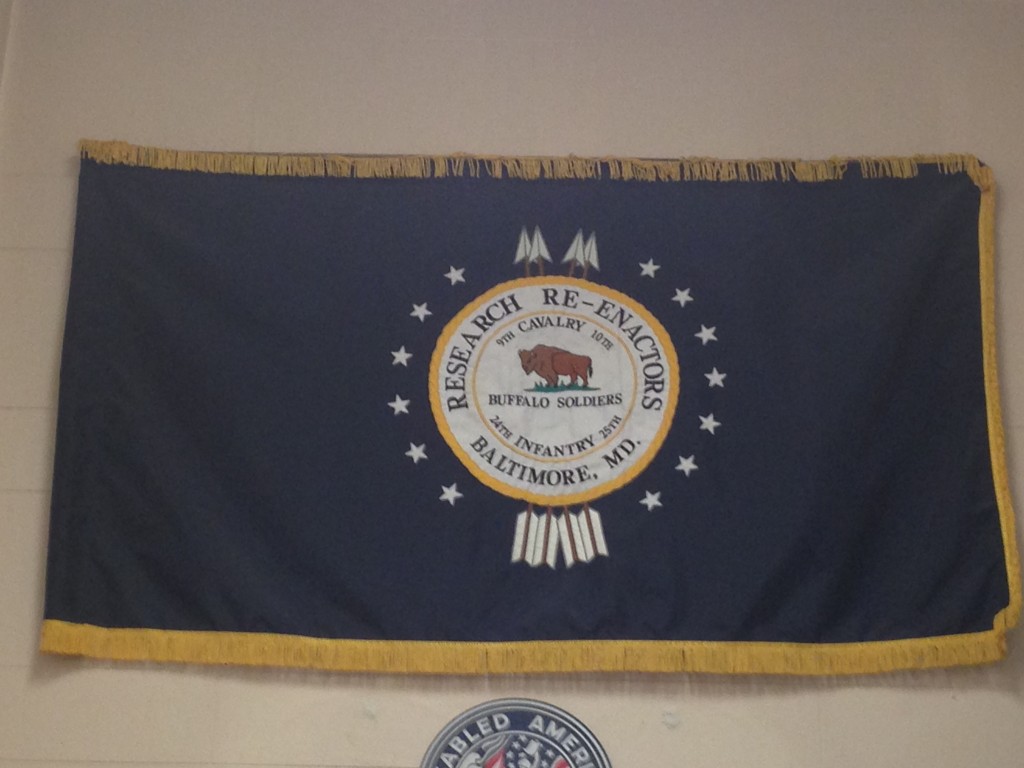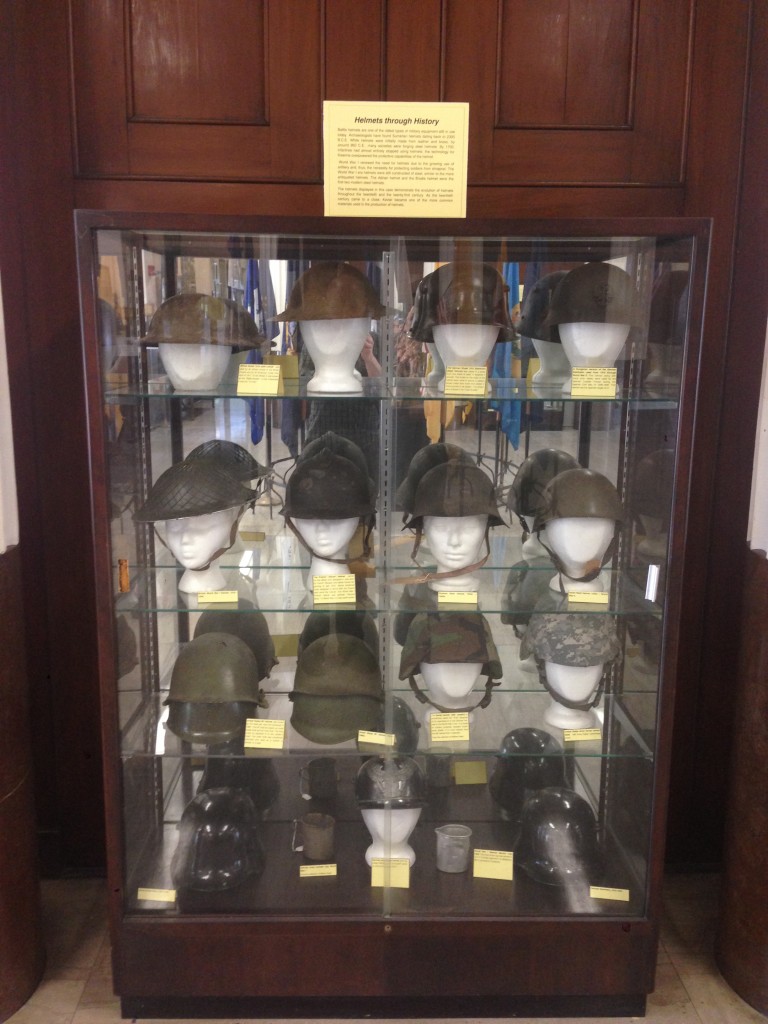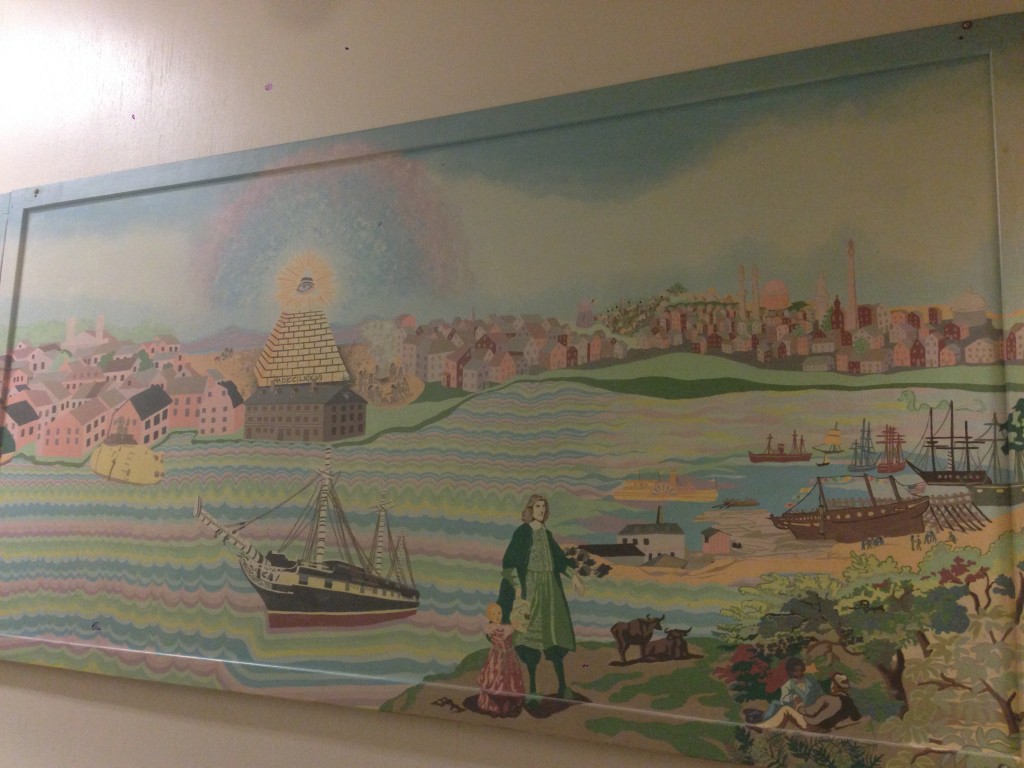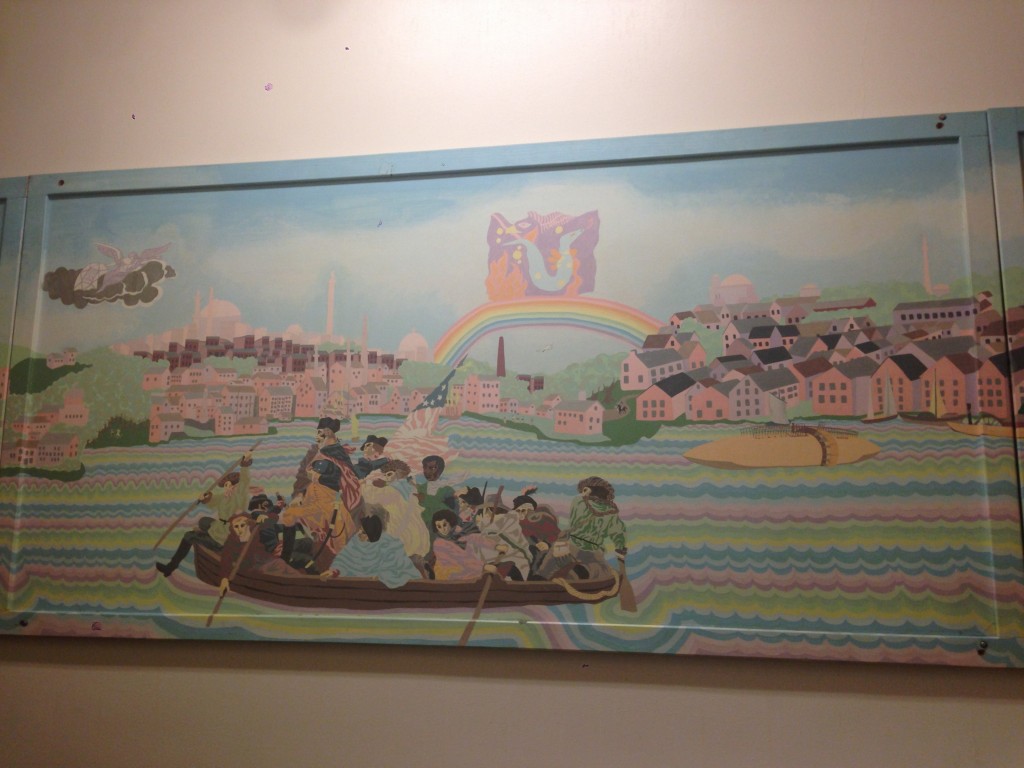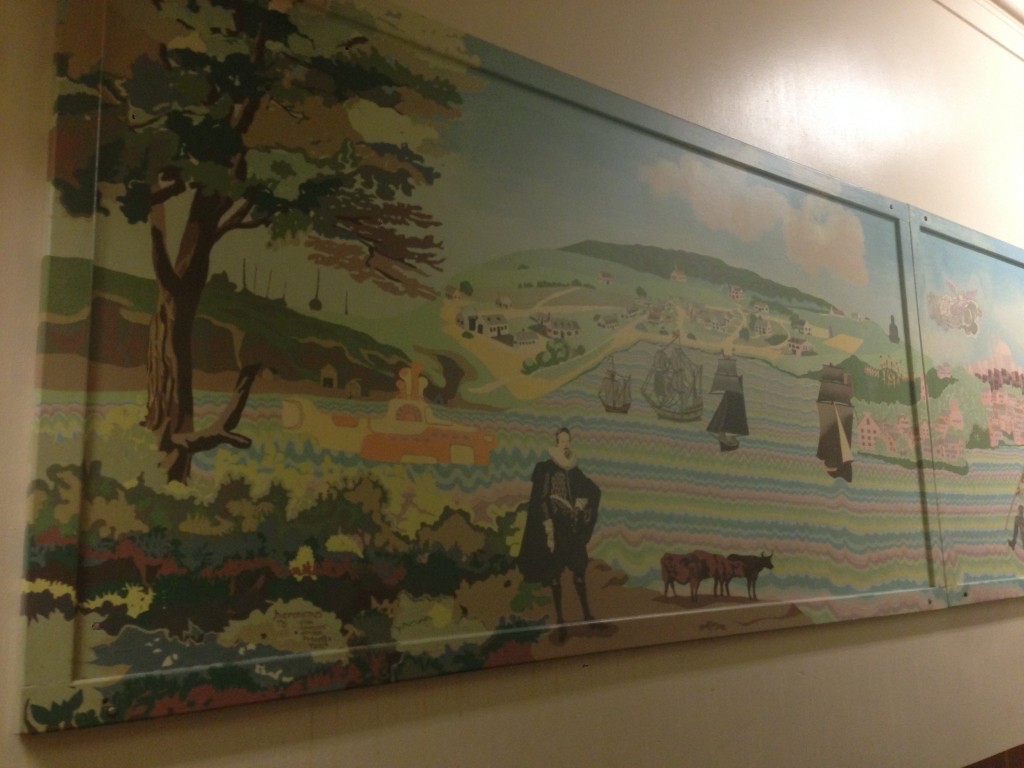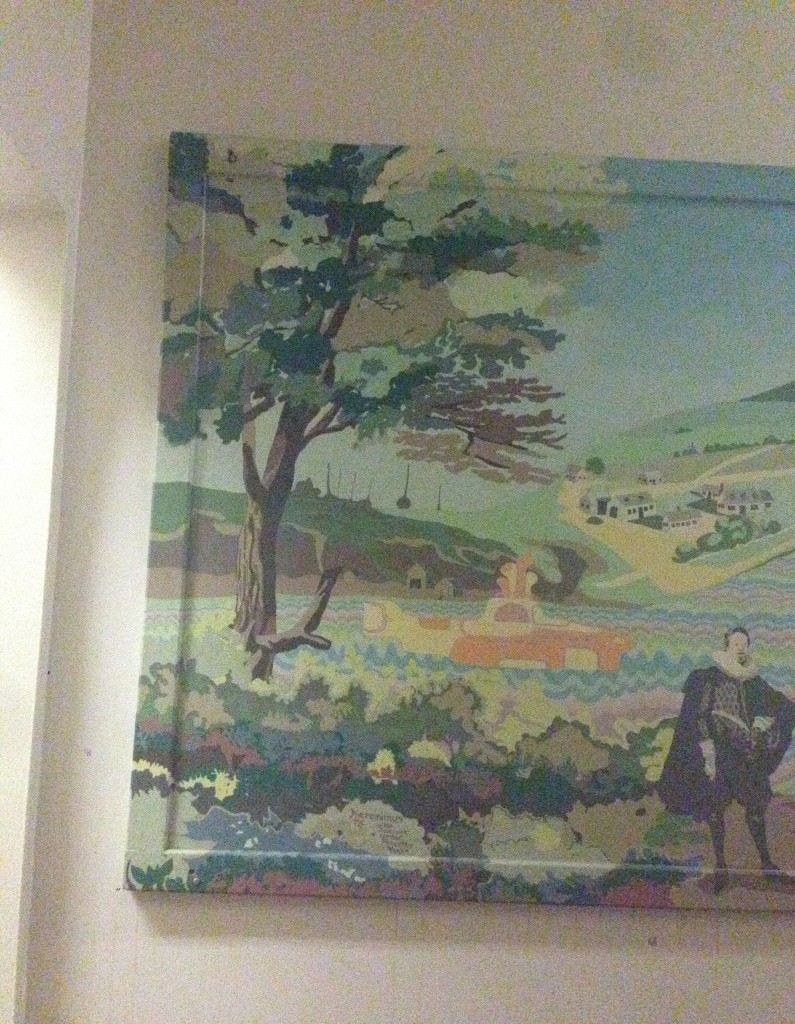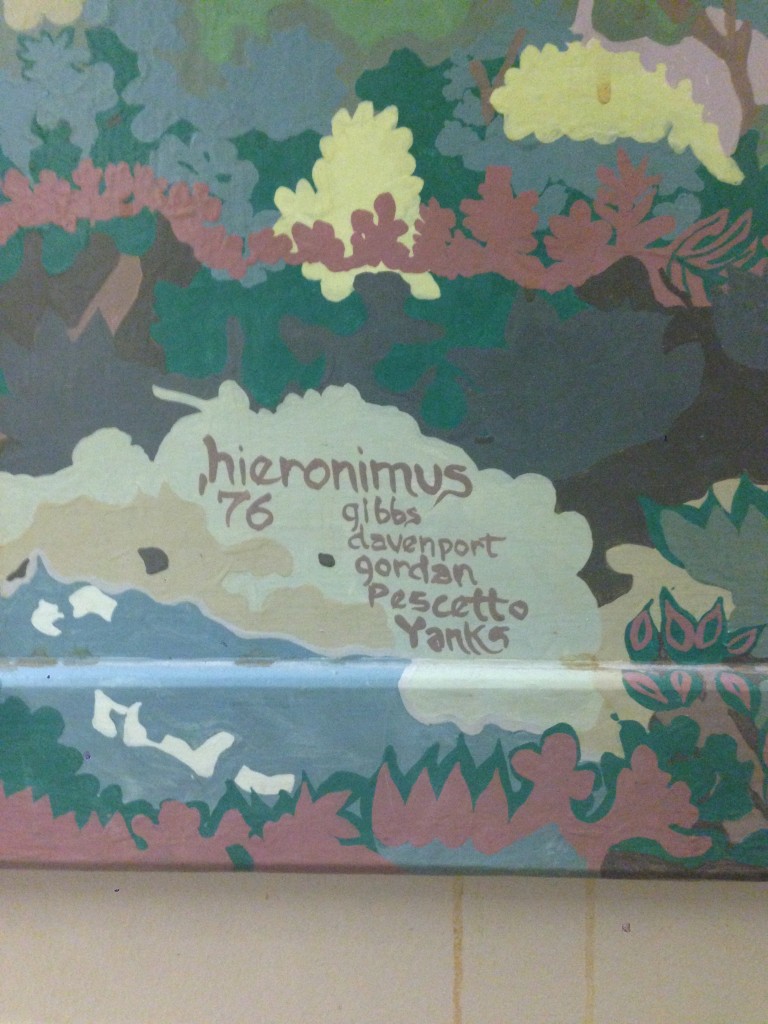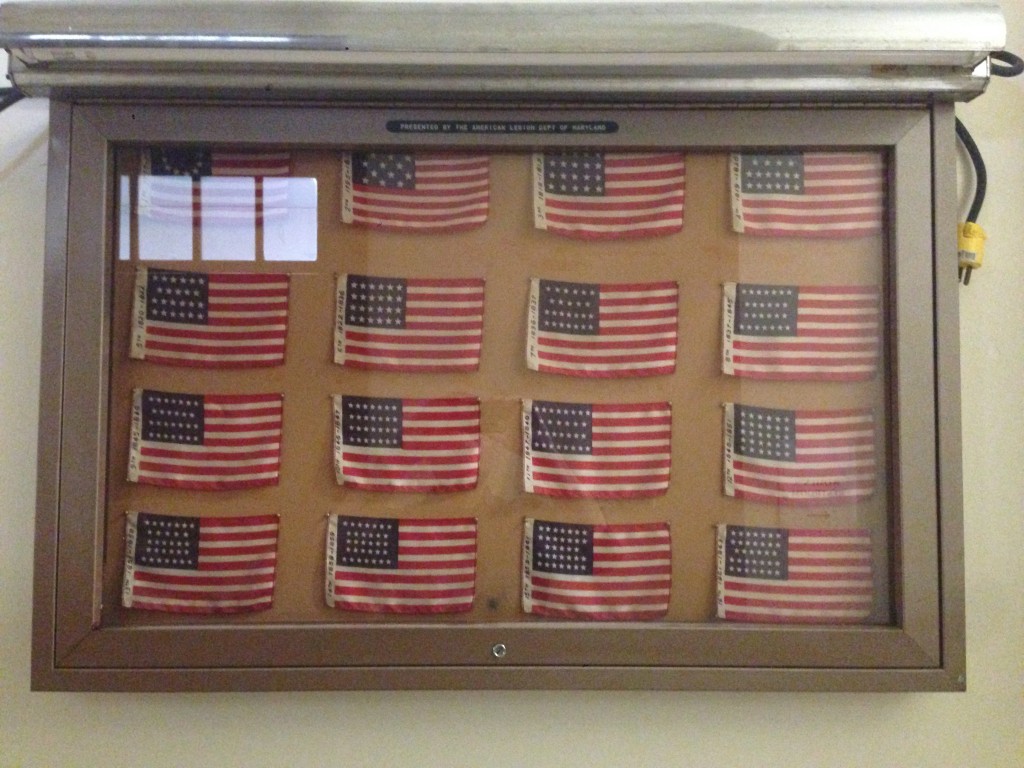This is the twenty-ninth in a series of interviews with each of the Sondheim Award Semifinalists. Finalists have been announced, and will be on exhibit at the Walters Art Museum June 21 to August 17; those not selected as finalists with be exhibited at the Decker, Meyerhoff and Pinkard Galleries at MICA July 17 to August 3, 2014.
Name: Leah Cooper
Age: 46
Website: www.leahcooper.com
Current Location: Hampden
School: MFA from MICA (2009), BA, Studio Art from University of Maryland College Park (1989)
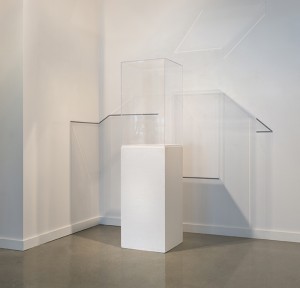
Drawing the Undifferentiated, 2013, VisArts, Rockville, Md
installation detail- mixed media-materials include: vitrines, graphite, tape, and existing site elements,
dimensions vary
What is your day job? How do you manage balancing work with studio time with your life? I work as an Academic Advisor for MICA undergrads and teach an occasional course there as well. Balancing work, studio time, life? Not sure I’ve always felt successful in doing this, but recently, and going forward, my intent is to minimize the ways in which I perceive them as separate entities and begin to consider each as part of a whole.
How would you describe your work, and your studio practice? As an artist who is captivated by the everyday, my focus often narrows to the smallest of cracks on the sidewalk and the faintest of shadows on the wall. Through the exploration of unnoticed properties of the everyday, I aim to formulate work that examines an expanded notion of drawing, questions the edge of perceptibility, and reconsiders the role of art object in relation to audience. Within these investigations my intent is to produce work that yields questions rather than asserts conclusions. Thus, the effectiveness of my practice is bound to the quality of my questions.
I find art production at the intersection of theory and practice an intriguing and demanding way of working. Questions arising from theoretical studies are articulated in the artwork; resulting products are then examined and mined for further questions. Although reflexive, this dialogue between idea and object is not insular. Rather, I attempt to maintain an open approach, centrifugal in nature, generating inquiries at the edge of current methods and disciplines.
The preceding described my ‘work’, but as an installation artist I often find defining or describing my ‘studio practice’, for others as well as myself, a bit more problematic. For me research and physical production of the artwork are equally ‘studio practice’ and for that reason my actual studio space is often seemingly austere, not always a place of ‘making’. When there is physical making, minimal evidence exists: paper, pencils, eraser shaving all are visible, but when the production gives way to study, the space loses any trace of the ‘artist’s studio’ and resembles, or more accurately, IS an office.
What part of art making to you like or enjoy the most? The least? Occasionally, there are moments when I realize that I’ve lost track of time; hours pass without any awareness of duration. I savor these instances. Although, I would describe myself as pragmatic and analytical to a fault, I ascribe a rather romantic notion to such an event; I believe these occurrences, where time seems to collapse, are moments where the space between what I’m doing and who I am has also collapsed.
The source of these episodes are varied; working on an installation, debating an idea with a fellow artist/thinker, renovating my house, and even rearranging items on a shelf. It is this loss of time that I find to be the most fulfilling part of creating.
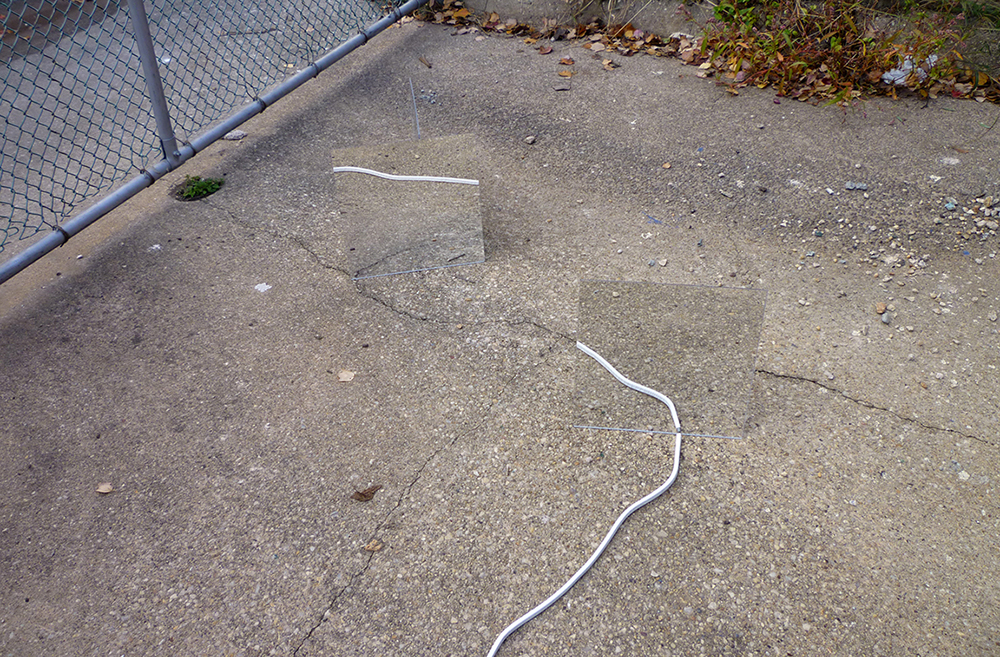
allographic drawing (site responsive drawing series) 2010-ongoing,
Do you ever get in creative dry spells, and if so, how do you get out of them? Of course, there is an ebb and flow to my practice. I move through lean times by accepting them as periods where ideas may be more dormant. This has not always been the case; in the past I’ve resisted the idea of lying fallow and struggled each time I didn’t find myself headed to my studio to ‘work’. However, more recently, I have begun to contemplate the idea that perhaps my mental boundaries of what I consider to be my practice need to be expanded or perhaps even dismantled. A little over a year ago I renovated a large portion of my home. During that time, I had no studio; it became a victim of the rehab. As a result I felt my practice was ‘on hold’. It was only after the project was complete that I began to reflect and recognize that the very same ideology, questions, and aesthetics that drive my work were also clearly evident in the space I had created in renovating my home. These elements are with me when I walk down the street or hike through the woods. Yes, once again I find the pragmatist in me at war with the romantic, but in this case it is my analytical side that prevails. How I experience the world is what drives the questions in my practice. If my work questions the overlooked often extraordinary properties of the everyday, then it follows that I would find my ‘practice’ in the everyday and allow portions of my everyday to be included in what I consider my art practice.
What is your dream project? To spend a full week at Walter de Maria’s the Lightning Field, using varied applications of site responsive drawing to reiterate the ‘landscape’ he created.

